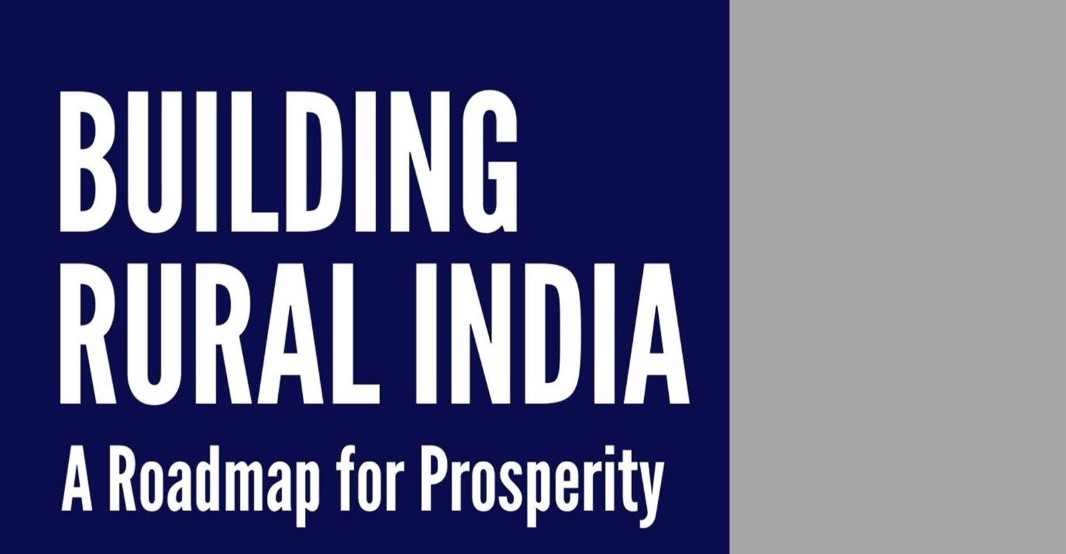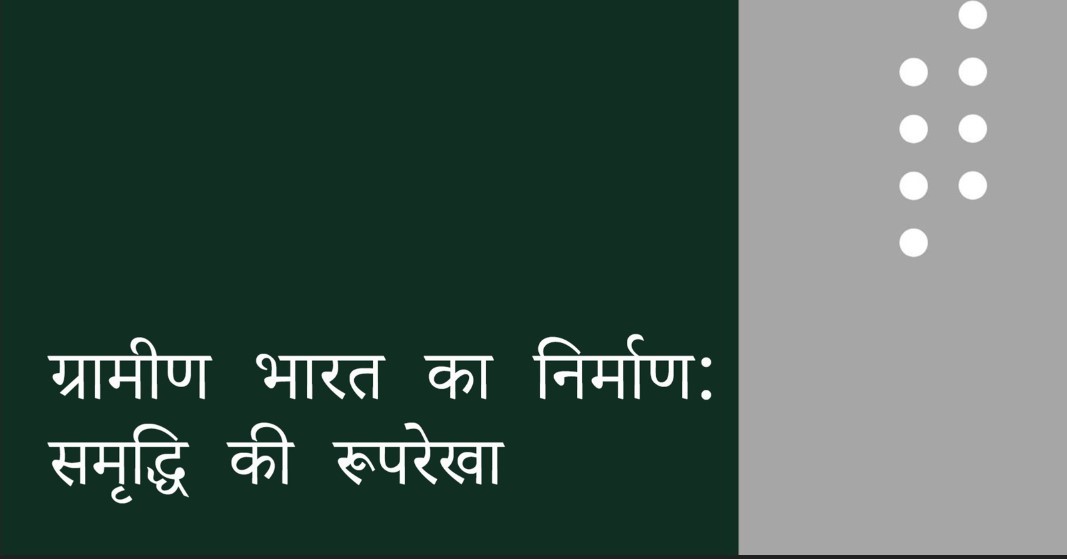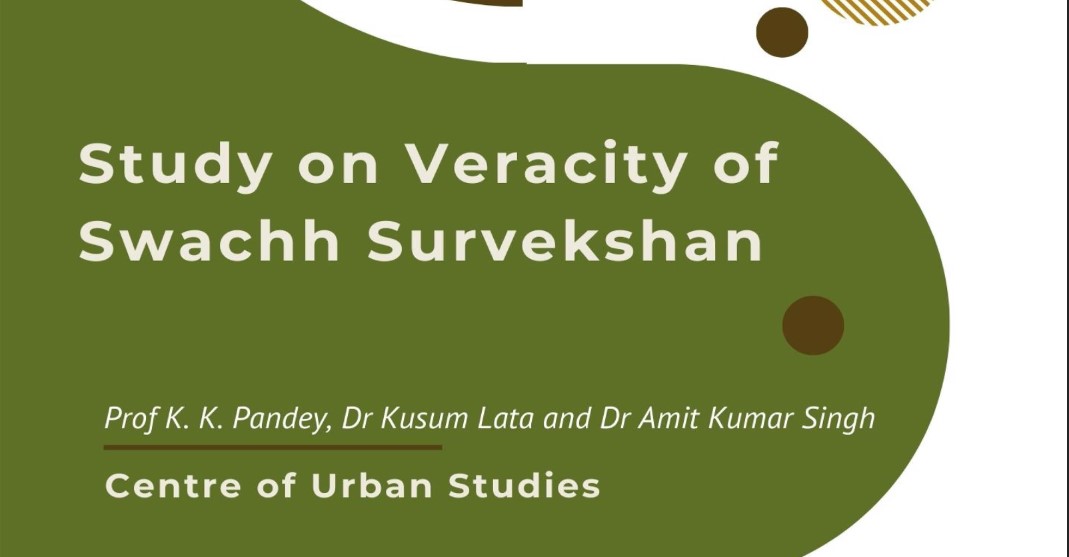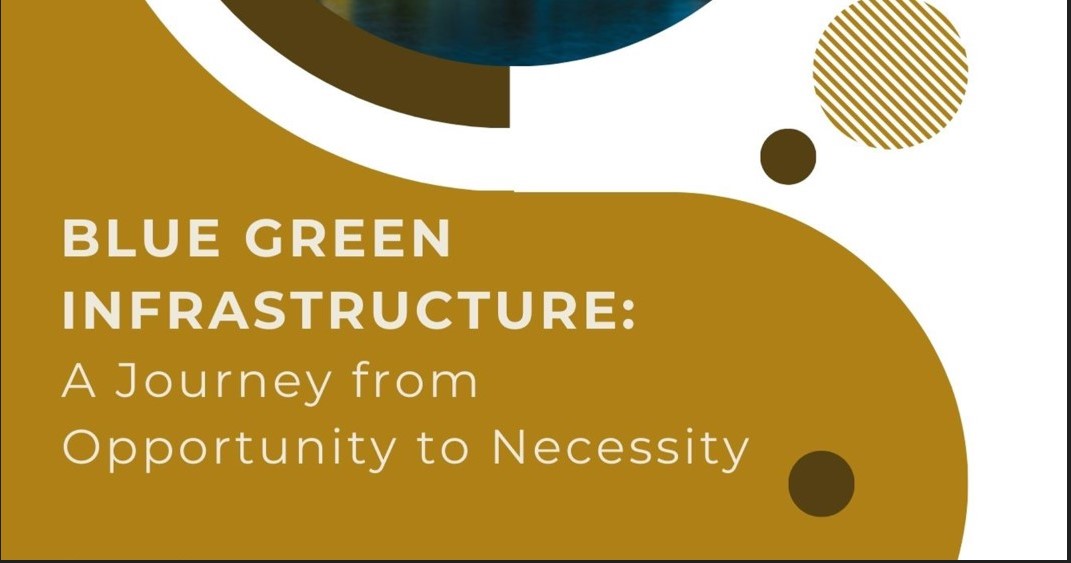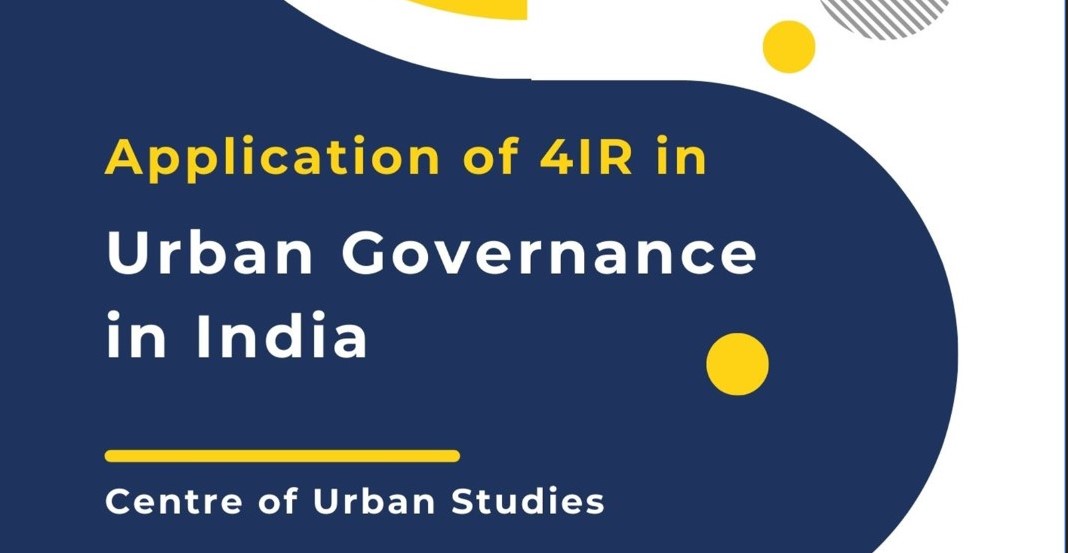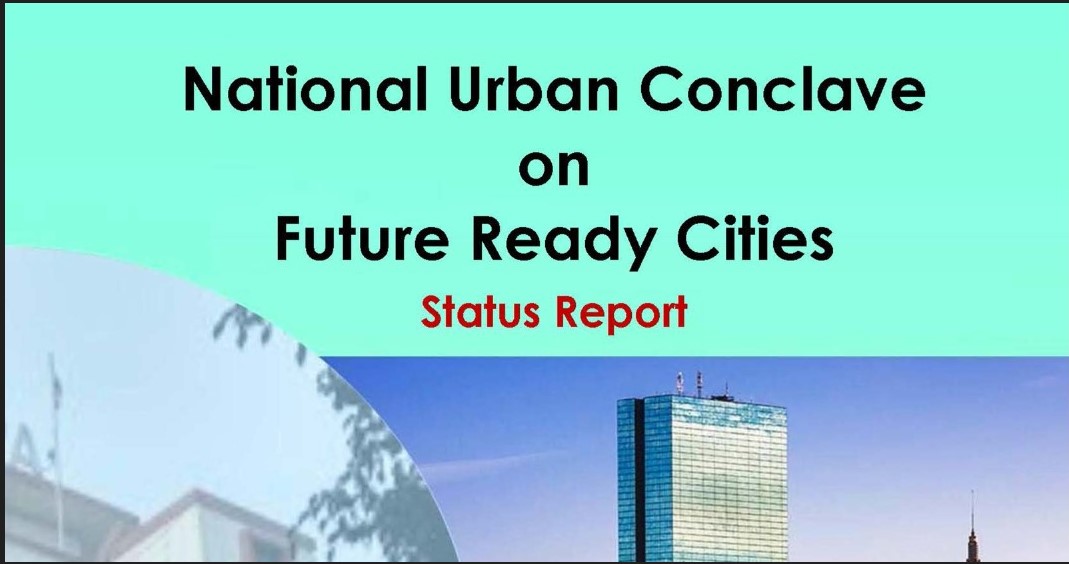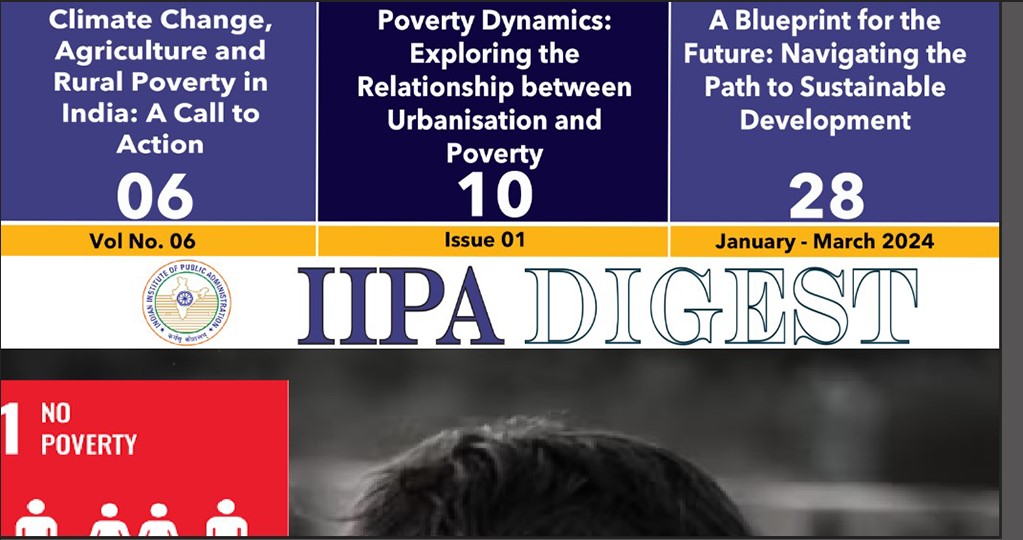Women and Entrepreneurship: Breaking Barriers in the Rural Landscape
Abstract
This chapter analyzes the different aspects of women entrepreneurs in rural India. The chapter covers many key issues, including the sources of funding, the critical importance of social capital, overcoming barriers to entry in the market, and many others. The chapter, while presenting the poignant realities, documents the case studies from different States of India, illustrating the considerable potential, together with the persistent difficulties that exist for women in rural areas. Moreover, this chapter also aims to identify the policy frameworks and the support structures necessary to promote and facilitate equitable and sustainable business development for women in rural areas.
Key words: Women entrepreneurs, policy, financing, empowerment, SHGs, SMEs, rural India.
Introduction
Women entrepreneurs in rural India are vital yet often underrecognized drivers of economic growth and social progress. For centuries, women in rural areas have worked in low-paying or unpaid jobs that were not considered as a contribution to the economic growth. During the last few decades many rural women have initiated their own businesses in order to support themselves and their families, as well as to gain financial independence, self-empowerment, and leadership roles in their communities. However, women entrepreneurs in rural areas have to face a number of problems, such as systemic barriers, a lack of capital, gender-based social norms, poor infrastructure, and limited access to markets in the area, the country, and the world. To understand how women entrepreneurs have moved from formal Self Help Groups (SHGs) to Small and Medium Enterprises (SMEs) status, it is important to look at their stories and create a narrative that shows how complicated their journeys have been from the start to the present. This chapter will examine these challenges and support systems by providing illustrative accounts of numerous Indian women entrepreneurs who have persevered despite the difficulties. This chapter aims to delineate different governmental policies intended to enhance rural women entrepreneurs' start-up strategies in the evolving landscape, envisioning a scenario where these entrepreneurs can prosper and fuel economic advancement for their communities and eventually can act as leaders to facilitate social change.
The Shifting Landscape of Women’s Work
Working Women's contributions to rural India's traditional economy have frequently gone unrecognized. By and large women in villages mainly engage in domestic chores, essential survival activities, and unpaid farm work. Digitization, climate change, and demographic changes have rendered traditional jobs harder to obtain, compelling women in rural area to enter male-dominated sectors. However, when women face challenging life situations such as death of spouse or depleted farming income, women have to start their own businesses since these conditions compel them to develop new sources of income. Other than tailoring work, women also engage in fields such as home crafts and food production. They also work in emerging sectors such as agro-processing, poultry production, rural transportation, and innovative digital services. These activities require traditional knowledge that has been revised to reflect current market trends.
Needless to say, women in rural areas play a vital role in the economy since they earn and generate income, but their enterprises are generally informal and receive less financial support compared to their male counterparts, making it more challenging for them to initiate and expand new ventures. A large number of women entrepreneurs face lots of challenges if they want to expand their businesses, such as limitations to specific industries, low literacy levels, and difficulties in accessing services like credit and others. This underscores the significance of finding out new interventions to support women entrepreneurs in rural India.
The Potential of Rural Women Entrepreneurs
It is sine qua non to recognize new ways to support women's ongoing development efforts. Statistics show that women contribute to increasing household income, enhancing children's nutrition and education, and aiding in the disruption of the poverty cycle. According to a survey, India might establish 30 million women-led micro, small, and medium enterprises, generating 150 million jobs, significantly benefiting socio-economic progress. This potential, primarily found in rural India, is crucial as it develops economic resilience by providing a wide variety of employment opportunities.
From SHGs to SMEs: Growth Pathways for Rural Women Entrepreneurs
Self-Help Groups (SHGs) have played a crucial role in the economic enrichment of rural women. SHGs have transformed into a complex network of microfinance, social assistance, and entrepreneurial development, largely supported by India's Rural Livelihood Mission and various NGOs. The strengths of the SHGs arose from trust, mutual accountability, and peer learning. Women, especially those without a bank account, accessed microcredit, occasionally without collateral, and now had secure spaces to experiment and establish a business. Their activities also enhanced financial understanding and negotiation skills while helping them in connecting with local markets and government initiatives. The journey from SHG-based microenterprise to SME status is complex and multidimensional. As enterprises seek growth, they face a number of challenges which are given below:
• Financial Needs: Scaling businesses require larger and longer-term funding than SHGs typically facilitate, including working capital for raw materials, infrastructure investments, and skilled labor.
• Capacity Gaps: There is an absence of the capabilities in management, marketing, and regulatory compliance skills to be able to navigate the growth stages of business. While many women entrepreneurs recognize their weaknesses, not all have access to formal training and mentorship.
• Digital Adaptation: Digital technologies provide an opportunity to access markets but they require requisite competencies and infrastructure.
• Regulatory Hurdles: Regulations and industry standards, including licensing, taxation, and quality standards, can bog down small businesses.
• Gendered Constraints: Women entrepreneurs have unique growth challenges due to societal expectations, mobility restrictions, and the degree of work-life balance they face in their day-to-day life.
Against these challenges, several enablers are emerging. Digital literacy programs, government initiatives such as Stand-Up India and Mahila Coir Yojana, and women-centric incubators address skill and finance gaps. Moreover, nonprofit organizations and private partners facilitate mentorship, market linkages, and product innovation. The expansion of e-commerce and digital payments has further catalyzed women’s commercial reach beyond their immediate locales. Figure- 1 given below indicates the different steps taken by the government at each level to support women in rural areas to start their own enterprises.
Breaking Down Barriers: Finance, Social Capital, and Market Access
Figure 1: Rural entrepreneurship
Financing Models for Rural Women Entrepreneurs
Access to finance remains the most formidable barrier faced by rural women entrepreneurs. According to NABARD estimates and multiple field studies, only a fraction, often fewer than 20% of rural women entrepreneurs, access formal bank credit. Collateral requirements, lack of credit history, and gender biases restrict formal borrowing. SHGs, microfinance institutions, and NGOs are pivotal in offering collateral-free credit. These loans permit seed capital and working funds, but rarely suffice for growth investments.
Innovative Financial Products
• Digital Micro-lending: Fintech companies such as Aye Finance and Lendingkart harness alternative data and AI to extend quick and flexible loans to women, reducing procedural friction.
• Crowdfunding Platforms: Indian platforms like Ketto and Milaap allow rural entrepreneurs to reach a diaspora audience, generating seed funds while validating market interest.
• Angel Investment Networks: Groups like the Indian Angel Network Women's wing mentor and fund promising women-led ventures with higher growth potential.
• Government Grants and Schemes: The Pradhan Mantri Mudra Yojana (PMMY) improves credit access for micro and small businesses, including women beneficiaries, through dedicated sub-schemes.
Challenges pertaining to Financing
Several challenges related to financing are:
• Limited financial knowledge makes it hard to navigate products.
• Different interest rates and repayment terms impact sustainability.
• Digital financing requires internet access and smartphone skills, which limits reach in remote locations.
• Institutional gender biases usually mean stricter scrutiny or lower credit limits.
• While strong social capital opens doors, social exclusion, casteism, and patriarchal norms may marginalize some women.
Challenges pertaining to Market Access
Market access is often the least addressed yet most critical business constraint for rural women entrepreneurs. Some of the limitations pertaining to it are:
• Geographic Isolation: Poor roads and transport increase transaction costs and limit customer reach.
• Social Restrictions: Mobility constraints often prevent women from traveling to markets or business centres.
• Information Gaps: Lack of timely information about market demand, pricing, and trends becomes disadvantageous for women.
• Technological Divide: With only a third of rural women having internet access, digital marketplaces are often inaccessible.
Avenues for Support
• Peer Networks: Self-Help Groups (SHGs), cooperatives, and women’s federations enable sharing of resources, advice, and labor, reducing risks and fostering joint growth.
• Mentorship and Role Models: Learning from successful women entrepreneurs and local leaders boosts the knowledge and confidence of aspiring entrepreneurs.
• Market and Credit Access: Through social connections, women entrepreneurs find suppliers, customers, informal lending options, and regulatory supporters.
• Reputational Capital: In rural areas, trust-based reputations can impact access to finance and markets more than official documentation.
Innovative Strategies
• Leveraging Digital Tools: Mobile phones, WhatsApp groups, and social media marketing enable women to transcend local boundaries and directly communicate with customers.
• Branding and Quality Certifications: Initiatives supporting organic, fair trade, or regional product certification create premium market segments and consumer trust.
• Business Associations and Cooperatives: Collective action enhances bargaining power, supply chain management, and market outreach.
• Government Organized Market Platforms: Subsidized trade fairs, rural haats with digital kiosks, and online portals like Government e-Marketplace (GeM) offer structured opportunities.
Indeed, improving women's access to finance requires coordinated efforts in financial innovation, digital access, borrower education, and addressing institutional gender biases. Interventions must strive to be inclusive. Government and NGOs can facilitate linkages to broader market actors, technical experts, and financial institutions.
Indian Case Studies: Exemplars of Transformation
Following examples of women show different entrepreneurial paths taken by women after overcoming various barriers. These cases serve as models of success that others can follow.
Kanika Talukdar: From Modest Vermicomposting to e-Commerce Leader, Assam
Kanika's path started with a modest vermicomposting setup that she financed with her savings following her husband's passing. Initially, she encountered obstacles like insufficient technical skills and low local demand. Nonetheless, the rigorous training provided by local agricultural extension services, combined with the collective purchasing power of the SHG, enhanced both her production volume and quality. Kanika swiftly adopted digital marketplaces by showcasing “Jay Vermi Compost” items on Amazon and Flipkart. She also developed tutorial videos, which were spread over different social media sites, contributing to the establishment of brand awareness and credibility. This transition to online sales enabled her to access national markets, broadening her revenue streams and thereby contributing to her family's and community's welfare. Kanika also guides female entrepreneurs via local SHGs, fostering a cycle of business development.
Figure: 2: Vermicomposting by Kanika Talukdar
Bina Devi: Scaling Mushroom Cultivation and Women’s Empowerment, Bihar
Bina Devi's initiative "Mushroom Mahila" started as a community project upon realizing the substantial profit potential of mushrooms with little investment. Beginning with several households, Bina educated 1,500 women and grouped them into self-help organizations. These groups utilized microcredit and agricultural support services. The initiative contributed to diversifying rural income sources, enhancing food security, and elevating women’s social standing by establishing them as primary income providers. Bina’s efforts were acknowledged by the State. Partnerships with NGOs resulted in advancements in technology, packaging, and access to city markets, showcasing the success of replication and expansion within community structures.
Figure: 2 Mushroom Cultivation by Beena Devi
Rubi Pareek: Organic Farming and Value Addition, Rajasthan
Rubi’s path in rural entrepreneurship demonstrates how she navigated entrenched social norms to spearhead organic farming and associated business models in Dausa, Rajasthan. She transformed her family's land into organic farming and began using vermicompost along with Azolla, a biofertilizer and feed for poultry. Her enterprise turned into a community hub for educating 15,000 farmers, advocating for sustainable farming practices, and assisting them in broadening their income sources. Rubi’s strategy emphasizes managing every facet of production, processing, and marketing to enhance value. She has utilized government initiatives for organic certification, enabling her to reach high-end markets and develop examples that others can replicate.
Figure:4 Organic Farming by Ruby Pareek
Karishma Choyal: Flower Business Innovation during Pandemic, Madhya Pradesh
Karishma and her spouse launched their floral business to cope with the economic effects of COVID-19. They faced significant market shutdowns and restricted funding. Through involvement in initiatives that assist businesses, Karishma acquired skills in digital marketing, brand growth, and e-commerce. They utilized Instagram and WhatsApp to transition from local sales to reaching regional customers. This enhanced their earning potential and enabled them to employ others. This situation demonstrates how external challenges can ignite innovation and digital interaction, particularly when combined with guidance and financial support.
Figure:5 Flower business by Karishma Choyal
Sudarshana Kumari: Sustainable Craft Entrepreneurship in Himachal Pradesh
Sudarshana expanded local pine needle weaving customs and transformed a specialized craft into a commercial venture. Through the organization of artisan groups, enhancement of quality, and access to new markets, she established sustainable employment while maintaining cultural heritage. Her enterprise has turned into a community center, providing training and assisting numerous women artisans in boosting their income and independence.
Figure:6 Sustainable craft Enterpreneurship by Sudarshna Kumari
Other Popular Initiatives of Women
Kudumbashree
Kudumbashree translates to "well-being of the family" in Malayalam. Kerala's primary initiative for combating poverty and empowering women is managed by the State Poverty Eradication Mission (SPEM). The initiative began in 1997 following suggestions from a state-designated task force. Kudumbashree was created alongside Kerala's decentralization initiatives linked to the People's Plan Campaign and the devolution of authority to Panchayat Raj Institutions (PRIs). It is rooted in the Ayalkootam (community assembly) tradition from the 1970s and developed from earlier initiatives in Alappuzha and Malappuram. The Kudumbashree framework features a robust three-layer community system. It begins with Neighbourhood Groups (NHGs) at the foundational level, then Area Development Societies (ADS) at the ward level, and Community Development Societies (CDS) at the local government tier. By 2002, this framework encompassed the whole state. Recognized as one of the biggest women's networks globally, it promotes democracy and inclusivity, permitting one adult woman per household to participate. Kudumbashree’s approach to identifying poverty is notable for its impartiality. It employs a nine-point deprivation index derived from household census information. This index encompasses elements like housing standards, availability of water and sanitation, literacy rates among adults, income levels, food stability, presence of children, substance dependency, and caste or tribal affiliation. Families that fulfill four or more of these criteria are categorized as high-risk, impoverished. This guarantees that actions are focused and specific. In 2011, Kudumbashree was designated as the State Rural Livelihoods Mission (SRLM) under the National Rural Livelihoods Mission (NRLM) by the Ministry of Rural Development, Government of India. This reinforces its innovative and inclusive development approach.
Lijjat Papad
Lijjat Papad, formally known as Shri Mahila Griha Udyog Lijjat Papad, is a women’s cooperative that was established in Mumbai in 1959. It was established by seven Gujarati homemakers who utilized a modest loan of ₹80. What started as a modest home venture producing papads, the thin and crunchy Indian wafers, evolved into a nationwide initiative for female empowerment and independence. The cooperative functions based on the values of collective ownership, excellence, and trust. Each female member oversees the cooperative, dividing both profits and responsibilities equally. Over time, Lijjat Papad has grown into a multimillion-rupee business across India.
SEWA (Self-Employed Women’s Association) – Gujarat
Founded by Ela Bhatt in 1972, the Self-Employed Women's Association (SEWA) in Gujarat serves as a pioneering trade union for women working in India's informal sector. Its aim is to assist women in achieving financial autonomy and social security. SEWA comprises over 15 million members and operates in numerous states. It provides services such as microloans, medical care, housing assistance, childcare, and employment training. It enhances women's status by recognizing their contributions as significant, legitimizing their work, and amplifying their collective voice. SEWA’s integrated strategy merges union efforts with development, enabling women to lead sustainable, dignified lives while impacting policy dialogues at local and national stages.
Mann Deshi Foundation, Maharashtra
The Mann Deshi Foundation is a bank which was established by Chetna Gala Sinha in 1996 for the empowerment of rural women in Maharashtra through financial inclusion and entrepreneurship. She created India's first bank for rural women, managed and controlled by women. Later on Mann Deshi Business School was also established to provide practical business education and vocational training through online class rooms to the people living in rural areas., The foundation supports women in converting small ideas such as tailoring, goat farming, or mobile phone repair into thriving businesses through initiatives like the Deshi MBA and Business Mela (enterprise fairs). This results in self-assurance, autonomy, and leadership within the community
Jeevika (Bihar Rural Livelihoods Promotion Society), Bihar
Bihar Rural Livelihoods Promotion Society started Jeevika with the support of the World Bank and the Bihar Government. The objective was to help impoverished individuals and empower women so that they can become independent. It united women from villages in Self-Help Groups (SHGs) and producer groups to support them in earning more income and increasing their influence. Jeevika supports women in launching and expanding businesses in sectors such as agriculture, poultry, handicrafts, and food processing by providing access to loans, skill training, and market connections. The initiative has supported over 10 million women, especially women who are from low-income backgrounds, in generating income, voicing their opinions, and gaining respect in their communities.
Government Policies and Ecosystem Support
The Indian government and international groups have started a number of programs to help rural women entrepreneurs because they make a big difference. Some of the Programmes are given below:
• The Deendayal Antyodaya Yojana, Pradhan Mantri Mudra Yojna and Mahila Coir Yojana are all examples of scheme layering and convergence initiatives that aim to make it easier for women to get money, learn new skills, and get help with their businesses.
• Women’s Business Centers and Federations: These entities offer continuous assistance, digital skills training, guidance, and networking opportunities.
• Accelerator and Incubator Initiatives: These programs provide innovative women entrepreneurs with access to venture funding and technological expertise.
• Digital Inclusion Initiatives: The government and non-profit organizations provide internet connectivity, smartphone availability, and e-governance in rural regions, essential for financial integration and market accessibility.
• Support for Trade Fairs and Exhibitions: Organized rural trade fairs and grants for participation, assisting women in displaying their products and developing connections.
Even with advancements, obstacles still exist in uniform execution, administrative procedures, and the technology divide.
Roadblocks and the Way Ahead
Although rural women entrepreneurship in India is growing, following issues require thorough strategies in order to handle them:
• Deep-seated Socio-cultural Obstacles: Conventional views on women’s roles and safety restrict movement, self-assurance, and willingness to take risks in business ventures.
• Digital Divide and Infrastructure Shortcomings: Restricted internet availability and inadequate technology proficiency impede engagement in digital finance and marketing.
• The “Missing Middle” Financing Gap: Companies expanding beyond the micro-scale frequently struggle to secure mid-tier loans and necessary technical assistance.
• Lack of Awareness and Information: Numerous women do not know about government initiatives, financial resources, and business alternatives.
• Shortages in Skills and Market Integration: Persistent deficiencies in business management abilities and market links limit growth opportunities.
Tackling these challenges requires various strategies such as educational initiatives and digital literacy programs, gender specific financial solutions, robust mentoring networks, and market intelligence systems. Funding for inclusive infrastructure and shifts in mindset are also essential to tackle the aforementioned barriers.
Conclusion
The entrepreneurial paths of rural women in India, transitioning from SHGs to SMEs, demonstrate considerable socio-economic transformation. The journey, though intricate and difficult, emphasizes women's strength, ingenuity, and the importance of supportive environment in finance, social networks, and market accessibility. The integration of technology and innovative business models, paired with enabling policy frameworks, can advance this transformation. In essence, women entrepreneurs in rural areas are not only supporting in economic development but are also transforming gender stories and enriching the communities. As India advances towards its Amrit Kaal vision and Viksit Bharat mission @ 2047, continual initiatives to eliminate obstacles and enhance women's entrepreneurial abilities will be crucial for creating inclusive and sustainable rural economies.
References
1. https://www.nasscomfoundation.org/blog/women-empowerment/investing-into-women-entrepreneurs-to-strengthen-the-entrepreneurship-landscape-of-rural-india-authored-by-nidhi-bhasin-ceo-nasscom-foundation/
2. https://www.worldbank.org/en/news/feature/2024/11/21/giving-a-boost-to-rural-women-entrepreneurs
3. https://www.fao.org/4/i2008e/i2008e03.pdf
4. https://www.abacademies.org/articles/indian-rural-women-entrepreneurs-obstacles-to-success-and-empowerment-approaches-17251.html
5. https://www.ijrar.org/papers/IJRAR1BXP002.pdf
6. https://www.brainzmagazine.com/post/loan-options-for-female-business-owners-what-you-need-to-know
7. https://aofund.org/resource/business-loans-for-women/
8. https://www.womentech.net/en-ng/how-to/what-innovative-funding-strategies-are-female-entrepreneurs-using-succeed
9. https://pure.royalholloway.ac.uk/en/publications/the-role-of-social-capital-and-human-capital-in-the-growth-of-wom
10. https://www.redalyc.org/journal/3223/322349942008/html/
11. https://digitalcommons.kennesaw.edu/dissertations/65/
12. https://www.womentech.net/how-to/how-can-women-entrepreneurs-navigate-market-access-barriers
13. https://www.womentech.net/en-ca/how-to/how-can-women-entrepreneurs-navigate-market-access-barriers
14. https://digitalforwomen.worldbank.org/access-markets
15. https://cherieblairfoundation.org/unlocking-markets/
16. https://cdn1.edelweissfin.com/wp-content/uploads/sites/3/2021/04/Landscape-Study-on-Women-Entrepreneurship_UdyamStree_By-EdelGive.pdf
17. https://www.sciencedirect.com/science/article/abs/pii/S0277539524000505
18. https://community.thriveglobal.com/10-growth-strategies-for-women-entrepreneurs/
19. https://www.entrepreneur.com/growing-a-business/how-women-entrepreneurs-can-take-their-businesses-to-the/471811
20. https://www.switchon.org.in/wp-content/uploads/2024/11/State-of-the-Nation-Rural-Women-Entrepreneurship.pdf
Leave a comment
More articles from Urban & Rural Areas
